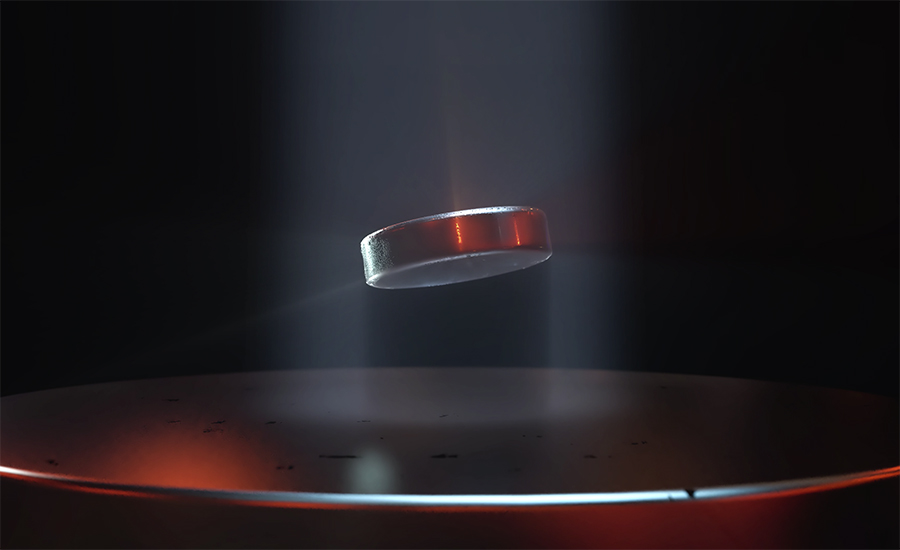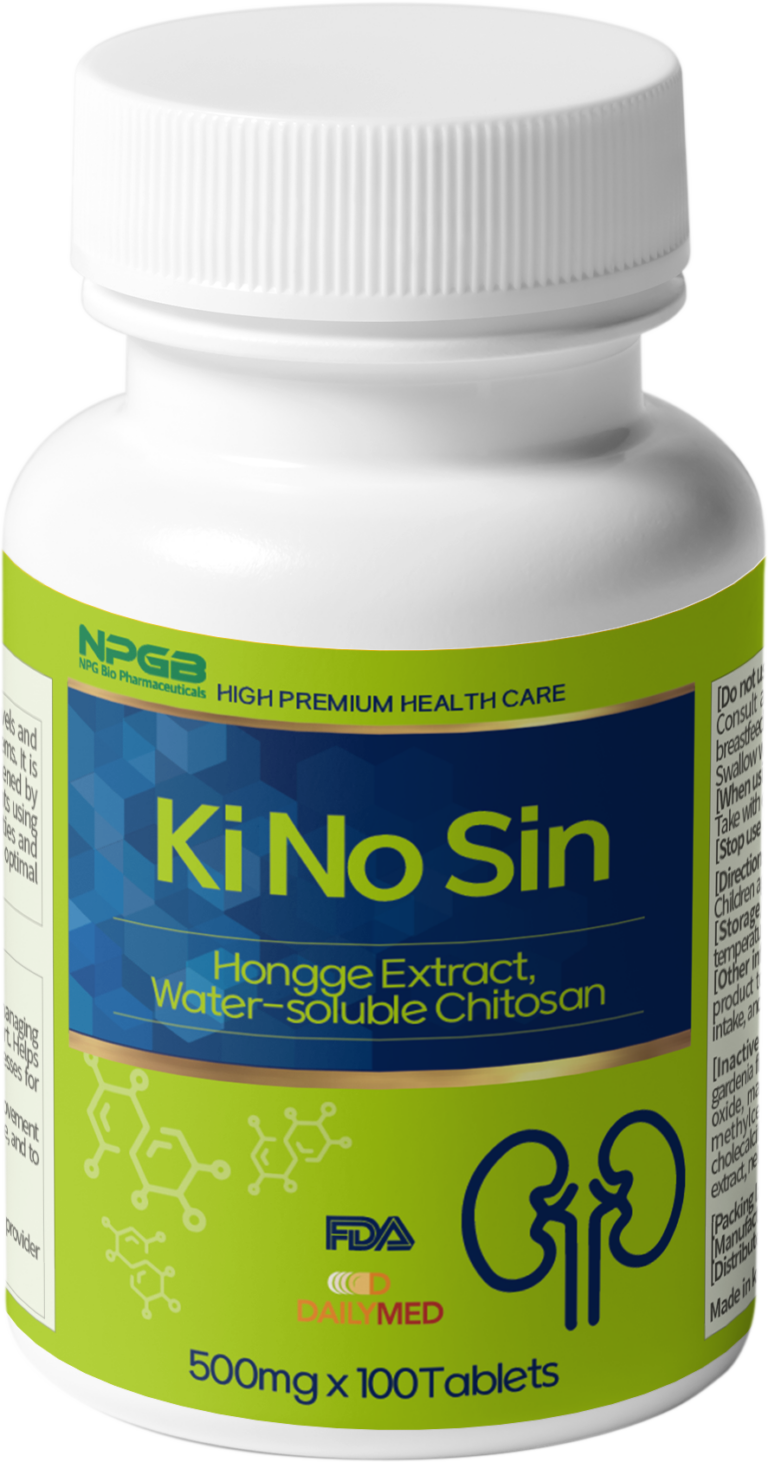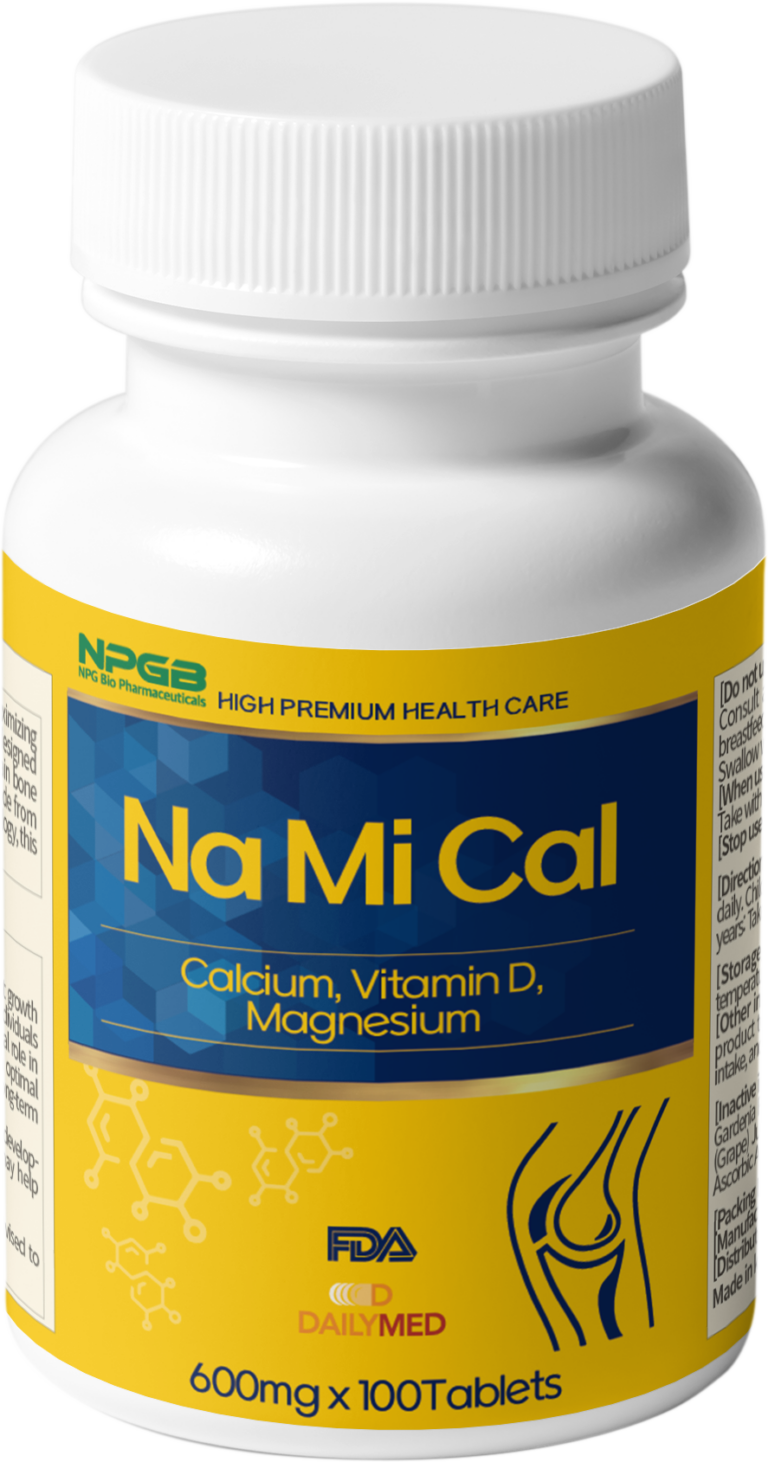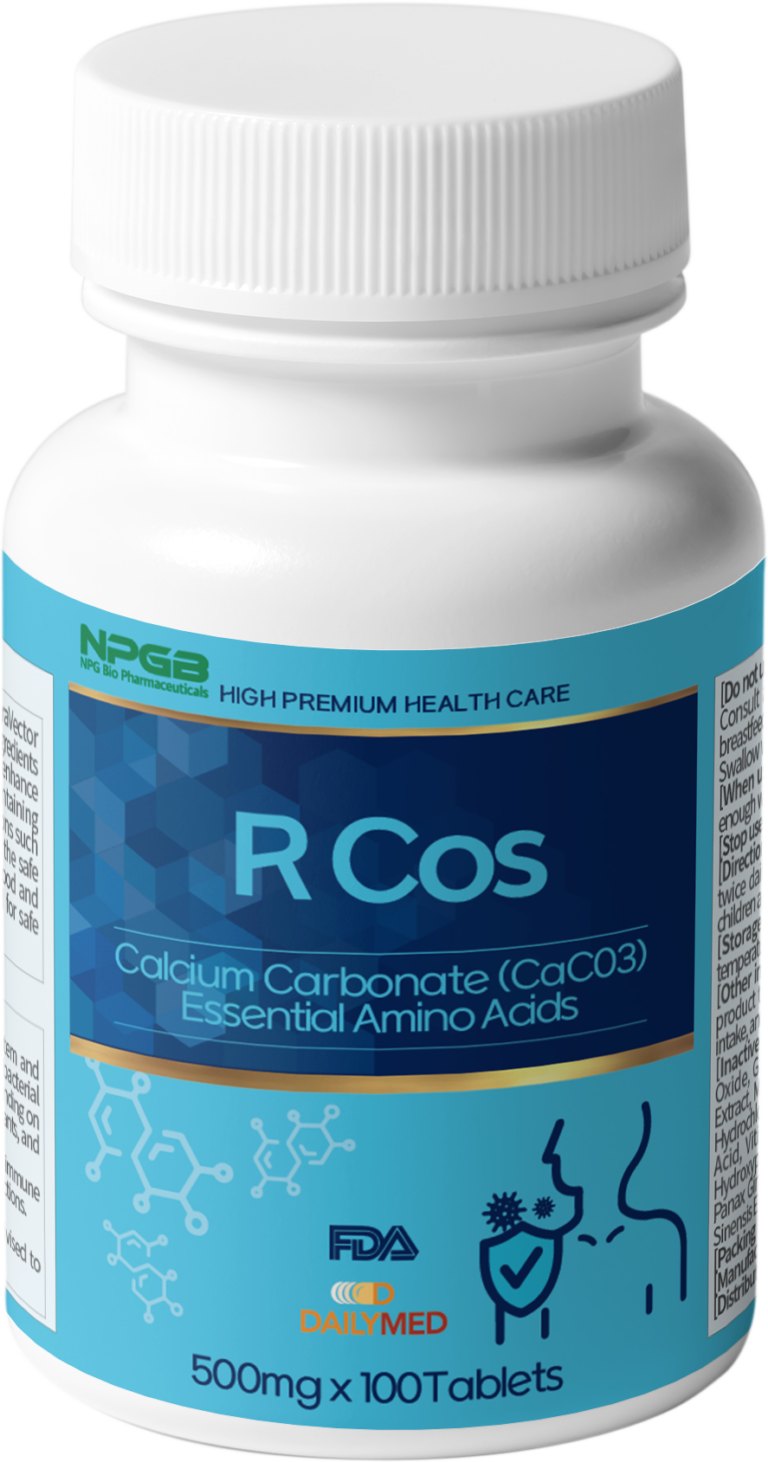Using ultrafine dry nano technology to manufacture core materials for solar panels and energy storage devices can lead to the following advancements:
Advancements in the manufacturing of core materials for solar power generation and storage devices using ultrafine dry nano technology:
1. Improvement in solar panel performance:
- Ultrafine dry nano technology can enhance the light absorption and charge collection efficiency of solar cell materials.
- This can lead to a 5–10% increase in the efficiency of solar panels.
- Additionally, nano-coating technology can be employed to prevent contamination on the panel surface and implement self-cleaning functionality.
2. Development of high-energy-density solar energy storage materials:
- Utilizing ultrafine dry nano technology, the nanostructure of battery and supercapacitor materials for solar energy storage can be optimized.
- This enables the development of solar energy storage materials with high-energy density and high-power characteristics.
3. Innovation in solar thermal energy utilization:
- Ultrafine dry nano technology can also be applied to the development of solar thermal energy utilization technologies.
- For example, it allows for the development of high-efficiency solar collectors and thermal storage systems using nanostructured materials.
4. Revolution in next-generation solar cell materials:
- Ultrafine dry nano technology can be utilized in the development of next-generation solar cell materials such as perovskites and organic solar cells.
- This can lead to the implementation of low-cost, high-efficiency next-generation solar cell systems.
Overall, ultrafine dry nano technology is expected to significantly enhance the performance and efficiency of core materials for solar power generation and storage systems. This can pave the way for innovative technological advancements in the renewable energy sector.
Our company is actively advancing research to produce even more revolutionary products by applying next-generation quantum vector technology.





